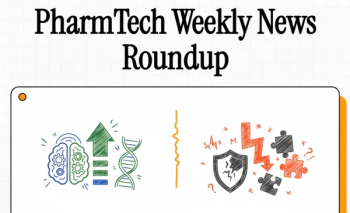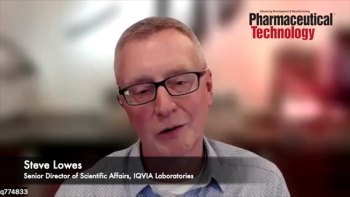
EMA and HMA Publish Joint Strategy for Medicines Regulation to 2025
The European Medicines Agency (EMA) and the Heads of Medicines Agencies (HMA) have published a joint strategy for medicines regulation in Europe over the next five years.
The European Medicines Agency (EMA) and the Heads of Medicines Agencies (HMA) have published a joint strategy for medicines regulation in Europe over the next five years, according to a Dec. 8, 2020 press release.
Within the joint strategy, the regulatory agency bodies have detailed how the supply of safe and effective medicines that meet patients’ needs can be assured in times of health threats (such as COVID-19) or when challenged by accelerating developments in science, medicine, digital technologies, and globalization. Six priority areas are outlined in the strategy for the European medicines regulatory network to work on. Strategic goals have been set out in each priority area by EMA and HMA, which will be translated into actions over the course of the next five years.
“The COVID-19 pandemic has highlighted the pivotal role of medicine regulation for the protection of public health,” said Emer Cooke, EMA’s executive director, in the press release. “Lack of availability of medicines, either because they are not marketed or due to supply disruptions, has shown to pose serious threats to patient and animal health, animal disease control programs, and sustainable livestock production. This strategy ensures that we join forces across the EU to effect tangible improvements for citizens.”
“We must keep pace with societal changes and developments so that we can continue to fulfill our mission successfully, with the most efficient use of the resources and knowledge available to us,” added Thomas Senderovitz, chair of the HMA Management Group, in the press release. “This strategy document, which is a living document, will help us to work together across the network to achieve this goal.”
Source:
Newsletter
Get the essential updates shaping the future of pharma manufacturing and compliance—subscribe today to Pharmaceutical Technology and never miss a breakthrough.





